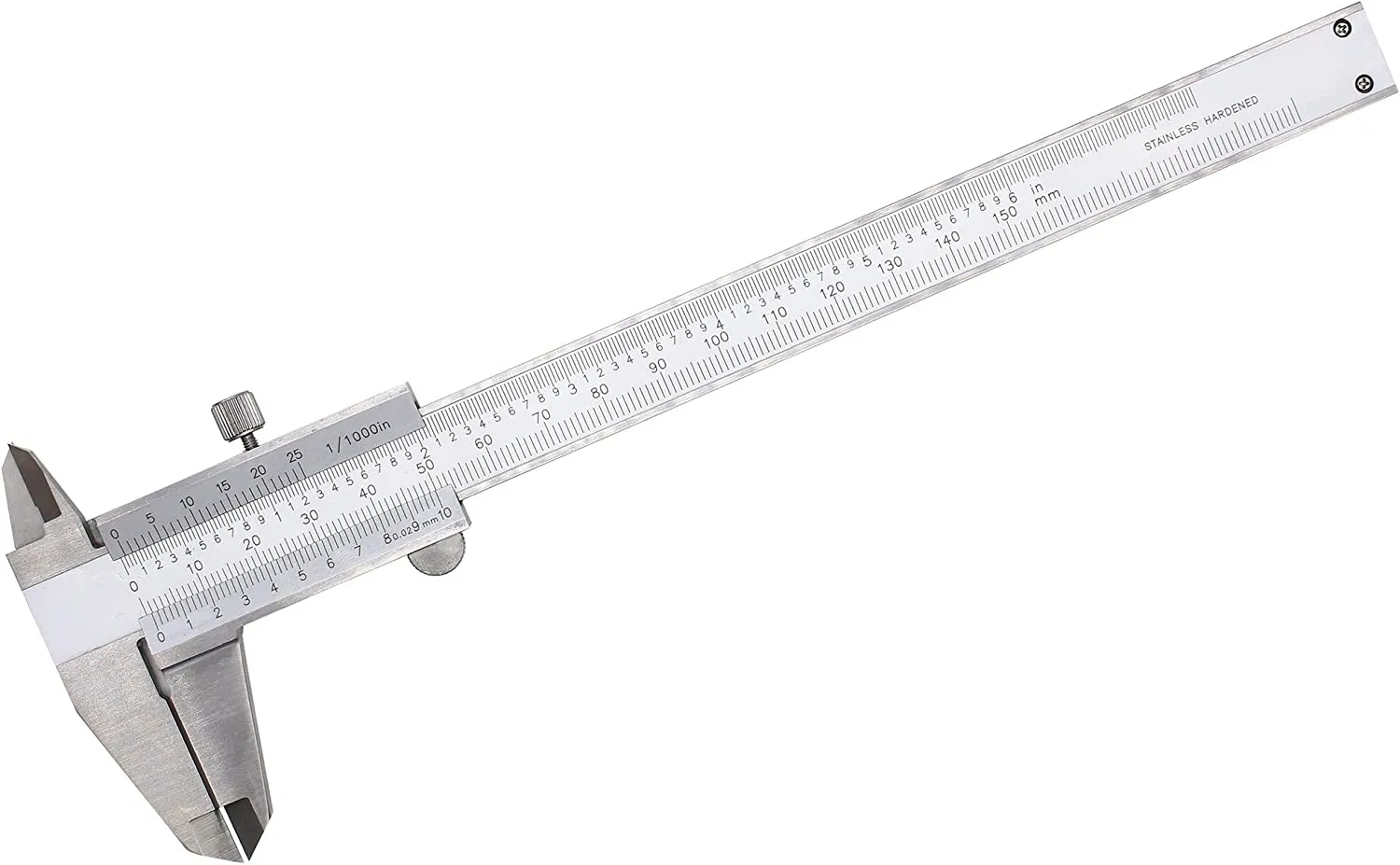A dial caliper is a precision measuring instrument widely used in manufacturing, engineering, and quality control to measure dimensions such as length, outer diameter (OD), inner diameter (ID), and depth with high accuracy and ease of reading. Combining the functionality of a vernier caliper with a mechanical dial indicator, it features a sliding jaw attached to a pointer that rotates around a calibrated dial, eliminating the need to interpret vernier scales and reducing the risk of human error. Standard dial calipers offer a measuring range of 0 150mm, 0 200mm, or 0 300mm, with a resolution of 0.01mm or 0.001 inches, making them suitable for applications requiring precision beyond the capabilities of a ruler or tape measure. The construction of a dial caliper typically includes a fixed jaw (attached to the main beam), a sliding jaw (with the dial indicator), and a depth rod (for measuring recesses). The main beam, usually made from hardened stainless steel, provides a rigid base, while the sliding components are lapped to ensure smooth movement and minimal play. The dial itself consists of a circular scale with 100 divisions, each representing 0.01mm, and a pointer that rotates as the sliding jaw moves—one full rotation of the pointer corresponds to 1mm of travel along the main beam. Many models include a locking screw to secure the sliding jaw in place once a measurement is taken, and a revolution counter to track full rotations of the pointer, simplifying readings for dimensions exceeding 1mm. One of the primary advantages of a dial caliper over a traditional vernier caliper is its user friendly design: the dial provides an immediate visual reading, making it faster to use and less prone to misinterpretation, especially for operators with limited training. This efficiency is particularly valuable in high volume production environments where rapid, accurate measurements are critical. Additionally, the dial mechanism is robust, with sealed components that resist dust, coolant, and debris—common contaminants in machining environments—extending the instrument’s lifespan with minimal maintenance. In practical applications, dial calipers are used to measure the thickness of metal sheets, the diameter of shafts and holes, the length of fasteners, and the depth of grooves, ensuring components meet design specifications. For example, in automotive assembly, they verify the clearance between piston rings and cylinders, while in electronics manufacturing, they measure the dimensions of circuit board components. Advanced dial calipers may include features like a zero setting button to reset the dial at any position, allowing for comparative measurements, and a friction adjustment to control the sliding resistance of the jaw. Calibration is essential to maintain accuracy, with periodic checks against master gauges traceable to international standards such as ISO 3611 and ANSI B89.1.4. Proper care involves cleaning the jaws and beam after use, storing in a protective case, and avoiding exposure to extreme temperatures or impacts. With their balance of precision, durability, and ease of use, dial calipers remain a staple in quality control across diverse industries worldwide.


